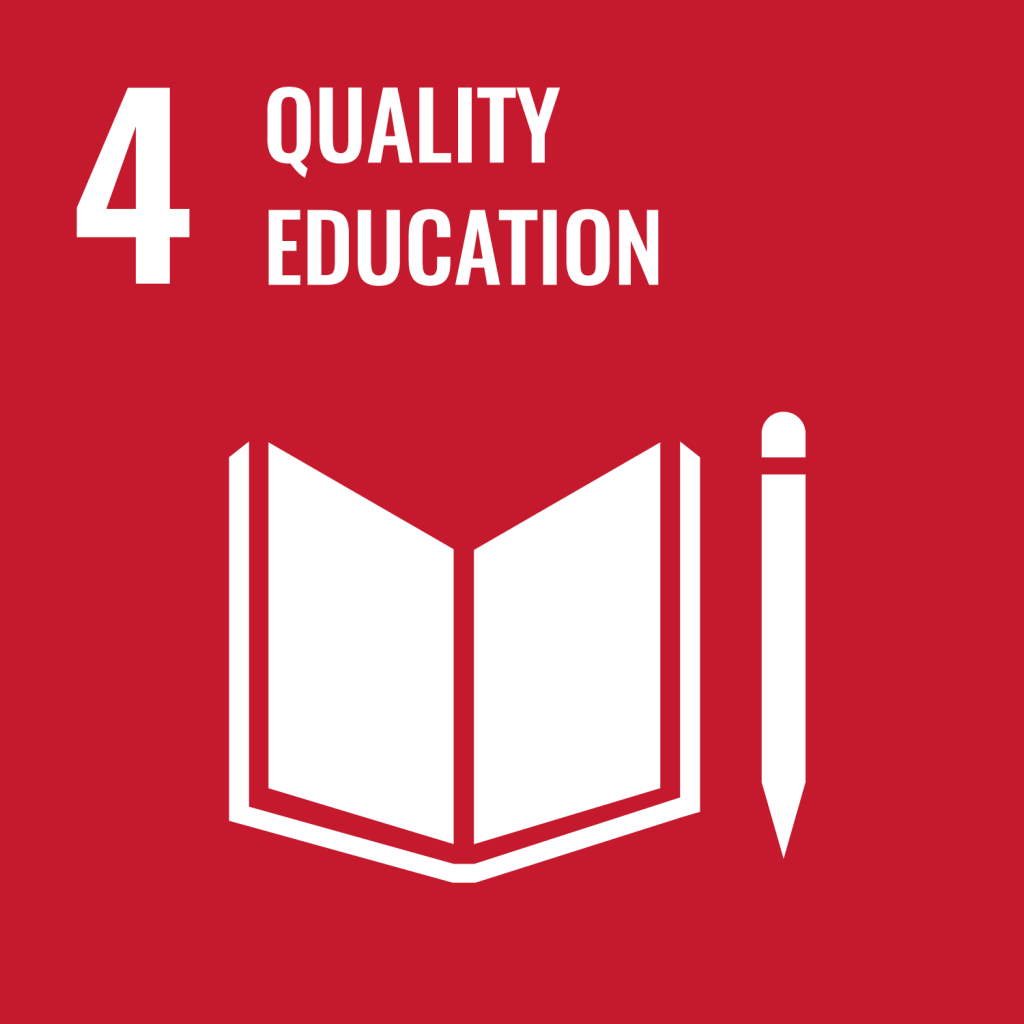Project Description
Mangroves are considered to be a climate superhero due to their ability to remove carbon from
the atmosphere 3-5 times more efficiently than terrestrial forest systems. It is therefore
important to conserve the forests to reduce the effects of climate change. This project will
conserve mangrove ecosystems under distress, in the areas of Malela and Kinlau in the Moanda
Province of the DRC, covering a total area of approximately 75,000 Ha. This will result in an
estimated annual emission reduction of 226,000 tCO2e. As the degradation of the mangroves
has a big impact on the local communities and the ecosystem, the project activity will ensure
the conservation of native mangrove species that will strengthen the local ecosystem. The
primary mangrove species are Rhizophora sp.
The problem
In the DRC, the mangrove forests are declining at a rate of about 96ha per year. The degradation is caused by unsustainable harvesting for wood and firewood. The forest has lost about 2025ha of mangroves and the degradation continues. The mangrove is home to a variety of unique marine species such as the crocodile, hippopotamus, and the endangered manatee. In addition, the mangrove forest also supports the nearby communities by giving wood for construction, firewood, fish, and honey. The deforestation rate of the mangrove forest is threatening the livelihood of the forest fringe communities and the survival of the marine biodiversity.
In the DRC, the mangrove forests are declining at a rate of about 96ha per year. The degradation is caused by unsustainable harvesting for wood and firewood. The forest has lost about 2025ha of mangroves and the degradation continues. The mangrove is home to a variety of unique marine species such as the crocodile, hippopotamus, and the endangered manatee. In addition, the mangrove forest also supports the nearby communities by giving wood for construction, firewood, fish, and honey. The deforestation rate of the mangrove forest is threatening the livelihood of the forest fringe communities and the survival of the marine biodiversity.
The solution
Implementation of a conservation project is necessary to prevent further degradation. The target activities are protecting the remaining forest cover and restoring the degraded areas. Community development is also a part of the solution due to the communities depending on the forest for resources. The communities will be active participants and beneficiaries of the project to improve their lives and hence reduce the stress on the forest.
Implementation of a conservation project is necessary to prevent further degradation. The target activities are protecting the remaining forest cover and restoring the degraded areas. Community development is also a part of the solution due to the communities depending on the forest for resources. The communities will be active participants and beneficiaries of the project to improve their lives and hence reduce the stress on the forest.
Helping the planet
The project will ensure the survival of the carbon sink and will conserve natural habitats. It will also help protect the endemic marine biodiversity from loss of habitat and food. Finally, the project will increase the resilience of the area to climate risks, as the protected mangroves will act as a protective barrier from storms and floods.
The project will ensure the survival of the carbon sink and will conserve natural habitats. It will also help protect the endemic marine biodiversity from loss of habitat and food. Finally, the project will increase the resilience of the area to climate risks, as the protected mangroves will act as a protective barrier from storms and floods.
Helping the people
It will also improve livelihoods and create employment opportunities through the benefit sharing mechanism and REDD+ payments. It will encourage community empowerment through active participation in all stages of the project.
It will also improve livelihoods and create employment opportunities through the benefit sharing mechanism and REDD+ payments. It will encourage community empowerment through active participation in all stages of the project.
Project Timeline
Listing: Q4 2022
Verification : Q1 2024
Registration : Q3 2023
Issuance: Q2 2024
Impact
The project will ensure the survival of the carbon sink and will conserve natural habitats. It will also improve livelihoods and create employment opportunities through the benefit sharing mechanism and REDD+ payments. It will encourage community empowerment through active participation in all stages of the project. Finally, the project will increase the resilience of the area to climate risks, as the protected mangroves will act as a protective barrier from storms and floods.






Map

Location
Moanda Province, DRC

Project Area
75,400 Hectares

Annual Emission Reduction Estimation
226,000 tCO2e

Project Status
Under Development on VERRA














